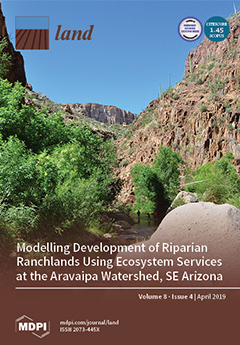Resource information
Indonesia is the fourth most populated country in the world with an annual population growth rate of 1.3%. This growth is accompanied by an increase in sugar consumption, which is occurring at an annual rate of 4.3%. The huge demand for sugar has created a large gap between sugar production and demand. Indonesia became the world’s largest sugar importer in 2017–2018. Sugarcane farmers have an important role in sugar production. They are facing problems with declining sugarcane productivity and arable land decreasing. We aimed to understand the sugar production issue in Indonesia and to examine options to increase sugar production. To achieve these aims, a framework consisting of four steps was developed: Analysis of the current situation; problems identification; resolution; and delivering programs; and strategies. The main problems in sugar production in Indonesia were identified, including a stagnation in sugarcane harvest area, low sugarcane productivity, lack of good varieties, and inefficient sugar mills. Based on the identified problems, strategies to increase production were created. Two approaches need to be executed simultaneously: An increase in sugarcane planting area, and an increase in productivity and sugar yield. The first approach in increasing sugar production is the exploration of new sugarcane planting areas outside of Java both on existing agricultural land and in new areas. A land suitability analysis for the whole country was conducted based on a semi-detailed soil map. The main priority for development was the existing agricultural area via an integration system or existing crop exchange. The second approach is restructuring sugar factories through the revitalization of existing sugar mills and investment in the construction of new mills. The challenges that need to be addressed include land availability, provision of high-yielding varieties, and improving the efficiency of sugar mills. General strategies and medium-term programs are presented and discussed. These efforts, if well-executed, will boost Indonesia’s sugar production to meet its domestic demand by 2025, achieving competitiveness in the world market by 2045.


